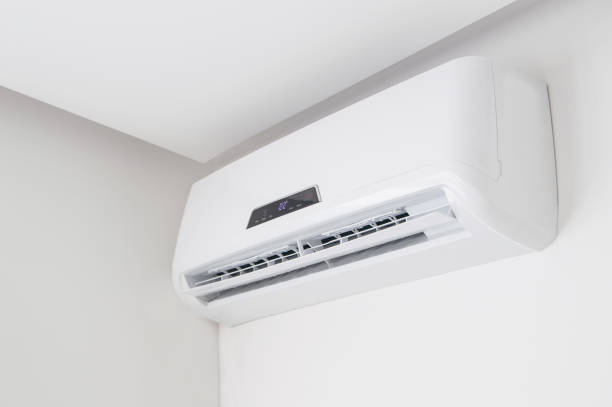Air conditioners have become an indispensable part of modern life, providing comfort by regulating indoor temperature and humidity levels. Behind the scenes of their cooling prowess lies a complex electrical system governed by intricate wiring diagrams. In this article, we’ll delve into a comprehensive overview of the wiring diagram and electrical system of an air conditioner, shedding light on its key components and how they work together to keep your space cool and comfortable.
Understanding the Basics of Air Conditioning Wiring Diagrams
At its core, an air conditioning wiring diagram serves as a roadmap, detailing the electrical connections and components within the system. These diagrams are essential for technicians during installation, troubleshooting, and repairs. They typically include symbols representing various electrical components, along with their connections and wiring paths.
Components of an Air Conditioning Electrical System
An air conditioner’s electrical system comprises several key components, each playing a vital role in the cooling process:
Compressor: The compressor is the heart of the air conditioning system, responsible for compressing and circulating refrigerant gas through the system’s coils.
Condenser Coil: Located outside the home, the condenser coil releases heat from the refrigerant, causing it to condense into a liquid state.
Evaporator Coil: Situated inside the home, the evaporator coil absorbs heat from indoor air, causing the refrigerant to evaporate and cool the air.
Blower Motor: The blower motor drives airflow across the evaporator and condenser coils, distributing cooled air throughout the space.
Thermostat: The thermostat serves as the control center, allowing users to set the desired temperature and operating mode of the air conditioner.
Capacitor: Capacitors store electrical energy and provide the necessary voltage boost to start the compressor and blower motor.
Fan Motor: Fan motors power the condenser and evaporator fans, facilitating airflow through the system.
Contactor: Contactor relays control the flow of electricity to the compressor and blower motor, allowing them to start and stop as needed.
Wiring Diagram Layout and Symbols
Air conditioning wiring diagrams follow a standardized layout, with symbols representing different electrical components and their connections. Common symbols include lines, dots, squares, triangles, and letters, each denoting specific components or wiring paths. For example, a straight line might represent a wire connection, while a zigzag line indicates a resistor or capacitor.
Electrical Circuits and Wiring Paths
The electrical system of an air conditioner consists of multiple circuits and wiring paths, each serving a distinct function. These circuits include:
Power Circuit: The power circuit supplies electricity to the air conditioner’s main components, such as the compressor, blower motor, and fan motor.
Control Circuit: The control circuit governs the operation of the air conditioner, including the thermostat, contactor relays, and other control devices.
Safety Circuit: The safety circuit incorporates safety switches and sensors to protect the system from overloads, short circuits, and other potentially hazardous conditions.
Troubleshooting and Maintenance
Understanding the wiring diagram and electrical system of an air conditioner is essential for troubleshooting and maintenance tasks. By familiarizing themselves with the diagram, technicians can quickly identify and rectify electrical issues, such as faulty connections, broken wires, or malfunctioning components. Regular maintenance, including cleaning coils, inspecting electrical connections, and testing capacitors, can also help prevent electrical problems and ensure optimal system performance.
In conclusion, the wiring diagram and electrical system of an air conditioner form the backbone of its operation, enabling the seamless flow of electricity to power its various components. By understanding the layout, symbols, and function of these diagrams, technicians can effectively install, repair, and maintain air conditioning systems, ensuring comfort and efficiency for years to come. Whether you’re a homeowner or a professional technician, having a solid grasp of air conditioning wiring diagrams is essential for keeping cool during the sweltering summer months.
Don’t delay your air conditioner repair. Do not forget that repairing is much easier and cheaper immediately after a breakdown occurs. If your air conditioner is working, but making strange noises or not cooling the room enough, it means it’s time to contact the technicians.
Don’t wait until the air conditioner is completely out of order. In the case of untimely repairs, there is a very high possibility that a long complex repair will be required. Even a few days without air conditioning in the summer heat in San Diego County, CA will bring great discomfort to the whole family. But by calling the masters from SDAC Heating & Air Conditioning you can avoid this problem.
Contact us
